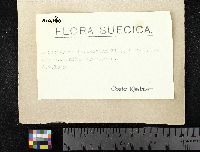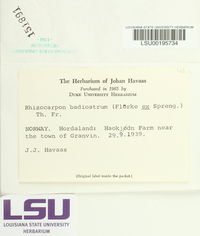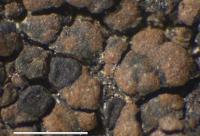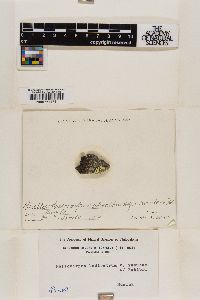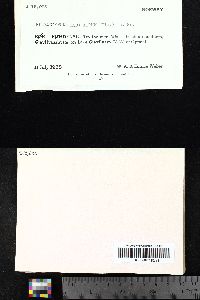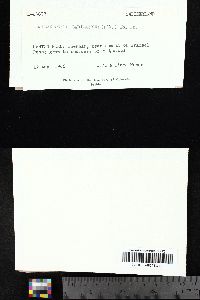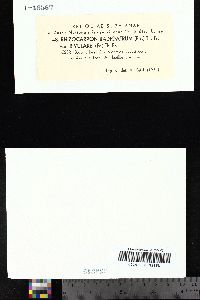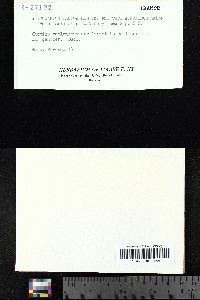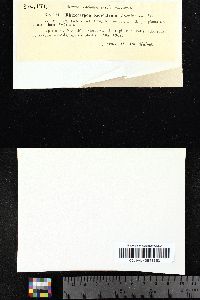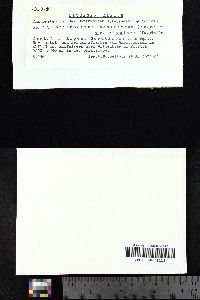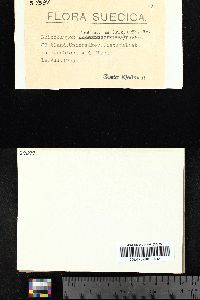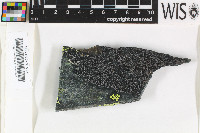
Consortium of Lichen Herbaria
- building a Global Consortium of Bryophytes and Lichens as keystones of cryptobiotic communities -
- Home
- Search
- Images
- Species Checklists
- US States: O-Z >
- US National Parks
- Central America
- South America
- US National Parks
- Southern Subpolar Region
|
|
|
|
Family: Rhizocarpaceae
[Buellia badioatra (Flörke ex Spreng.) Mudd, moreBuellia badioatra var. badioatra (Flörke ex Spreng.) Körb., Buellia badioatra var. rivularis Flot., Buellia badioatra var. vulgaris Körb., Lecidea badioatra Flörke ex Spreng.] |
Nash, T.H., Ryan, B.D., Gries, C., Bungartz, F., (eds.) 2004. Lichen Flora of the Greater Sonoran Desert Region. Vol 2. Life habit: lichenized, not lichenicolous Thallus: crustose, areolate to verrucose; prothallus: black areoles: flat to bullate, contiguous or dispersed, round or angular, often divided in several knobs, 0.3-1.4 mm wide surface: brown to grayish brown to gray, sometimes cream-colored, smooth, usually a little pruinose, esorediate cortex: composed of a few cells of hyphae the uppermost with a dark cap, with a thin polysaccharide layer Apothecia: dispersed or aggregated, round or somewhat angular, 0.4-1.6 mm in diam. disc: black, flat or convex, +papillate, epruinose margin: black, rarely thin, mostly lacking exciple: narrow, brownish-black to carboneous, well distinct from the hypothecium in color, K+ red epihymenium: reddish brown, K+ violet hymenium: hyaline below to pale red above, 100-120 µm tall; paraphyses: coherent, capitate, with reddish-brown to hyaline tips (very variable within the same apothecium), K+ intensely red with few exceptions; hypothecium: light brown asci: clavate, 80-100 x 25-40 µm, 8-spored ascospores: brown to reddish brown, 1-septate, rarely with one or two additional septa, constricted, (22-)26-36 x 13-16 µm, halonate Pycnidia: not seen Spot tests: medulla K-, C-, KC-, P- Secondary metabolites: unknown. Substrate and ecology: on siliceous rocks often near running water World distribution: holarctic Sonoran distribution: eastern Arizona. |
Powered by Symbiota








